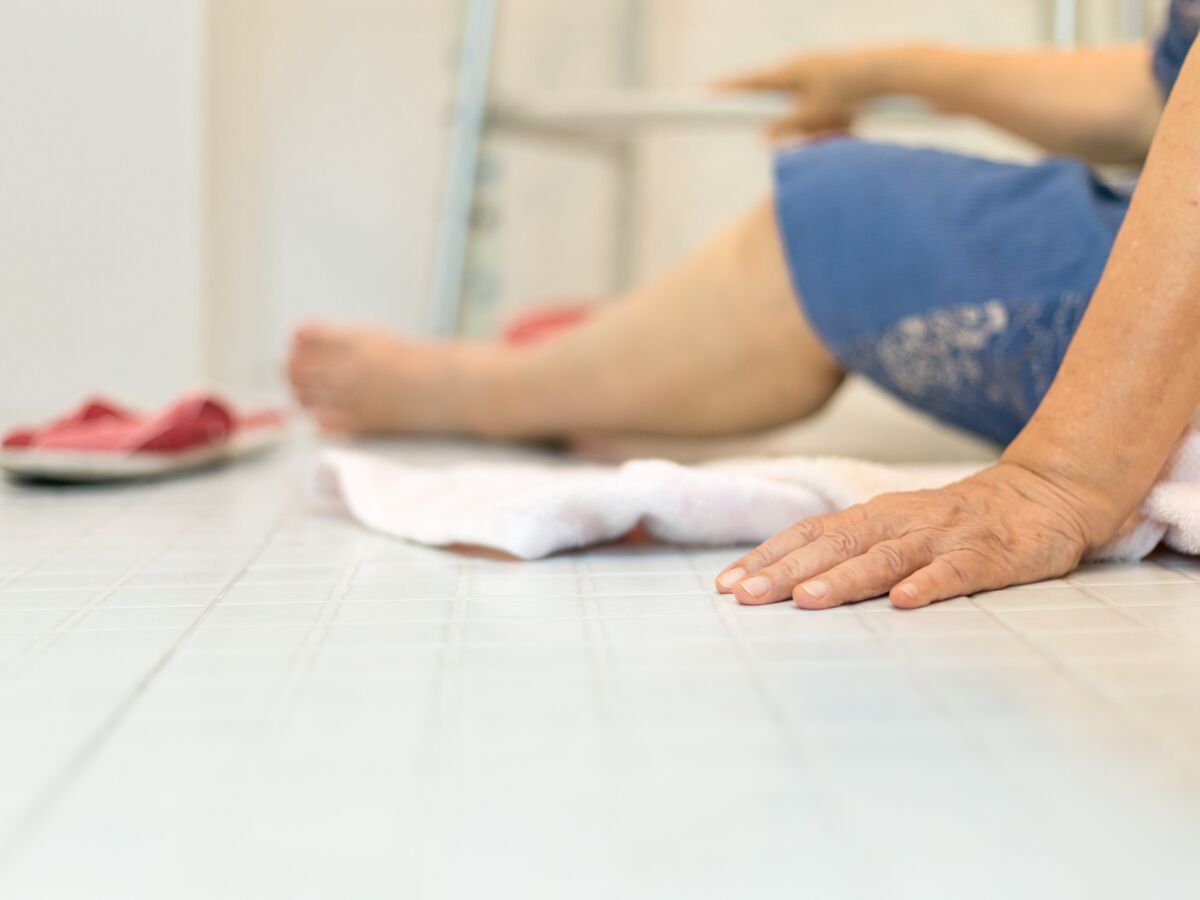Loss of balance is a common disorder in the elderly. There are several reasons for this. “Age or certain chronic diseases cause a decline or loss of hearing and/or sight. Elderly subjects are also particularly affected by dehydration, malnutrition, loss of muscle mass or lack of sleep.”, explains the physiotherapist. So many factors that can cause loss of balance. But there are others: neurological diseases, ENT diseases (with, for example, an inner ear disorder), taking certain medications or even cardiovascular diseases.
Loss of balance in the elderly: what are the risks?
The first risk is obviously that of falling, which can have serious consequences. “The fall can lead to an injury (fracture, dislocation, sprain etc.) which leads to immobilization and therefore Autonomy loss”, observes Elsa Belmonte. The latter adds that very often, the elderly are afraid of losing their balance again and therefore of relapsing, thus reducing their outings and movements, which obviously has an impact on their independence.
Loss of balance: the role of the physiotherapist with the elderly
The physiotherapist obviously has its place in the management of these disorders. “He has a supporting role. He must guide the patient in the gestures and movements to put in place or avoid. But it also has an educational role to play in the prevention of anxiety or post-hair loss syndrome, by using the right words to reassure the person.”, she explains.
Prevent loss of balance and avoid falls: exercises recommended by the physiotherapist
Balance work is essential, with different exercises, in order to acquire the most complete balance possible.
- On one foot (unipodal). “When walking we have a short phase where we are on one foot, and this can be the starting point for loss of balance“, explains the physiotherapist.
- On two feet (bipodal) with added distraction: balls or discussions, which can also be the cause of a loss of balance.
- And finally, even on one foot with distractions, imbalances. “It’s the most difficult“, specifies Elsa Belmonte.
The physiotherapist details in this video several exercises that can be done easily at home.
“Then it is important to explain to the elderly the lifting maneuvers from the ground. Many of them fail to get up when they fall”, observes the physiotherapist. The latter also insists on the need to help patients gradually regain self-confidence. “In addition, appropriate technical assistance is essential. The patient may have had a loss of balance because he needs a cane or a walker? Assessing your risk of falling and your needs is therefore essential, including at home. Adjustments are indeed sometimes necessary (removal of carpets, addition of grab handles, railings, etc.)”, she adds.
Thanks to Elsa Belmonte, physiotherapist. Find her on her Instagram account, My physio is not zero
Read also :
⋙ Loss of balance: what are they hiding?
⋙ Prevention of falls: the 6 essential facilities to install at home
⋙ Falls: what to do if it happens to you?
